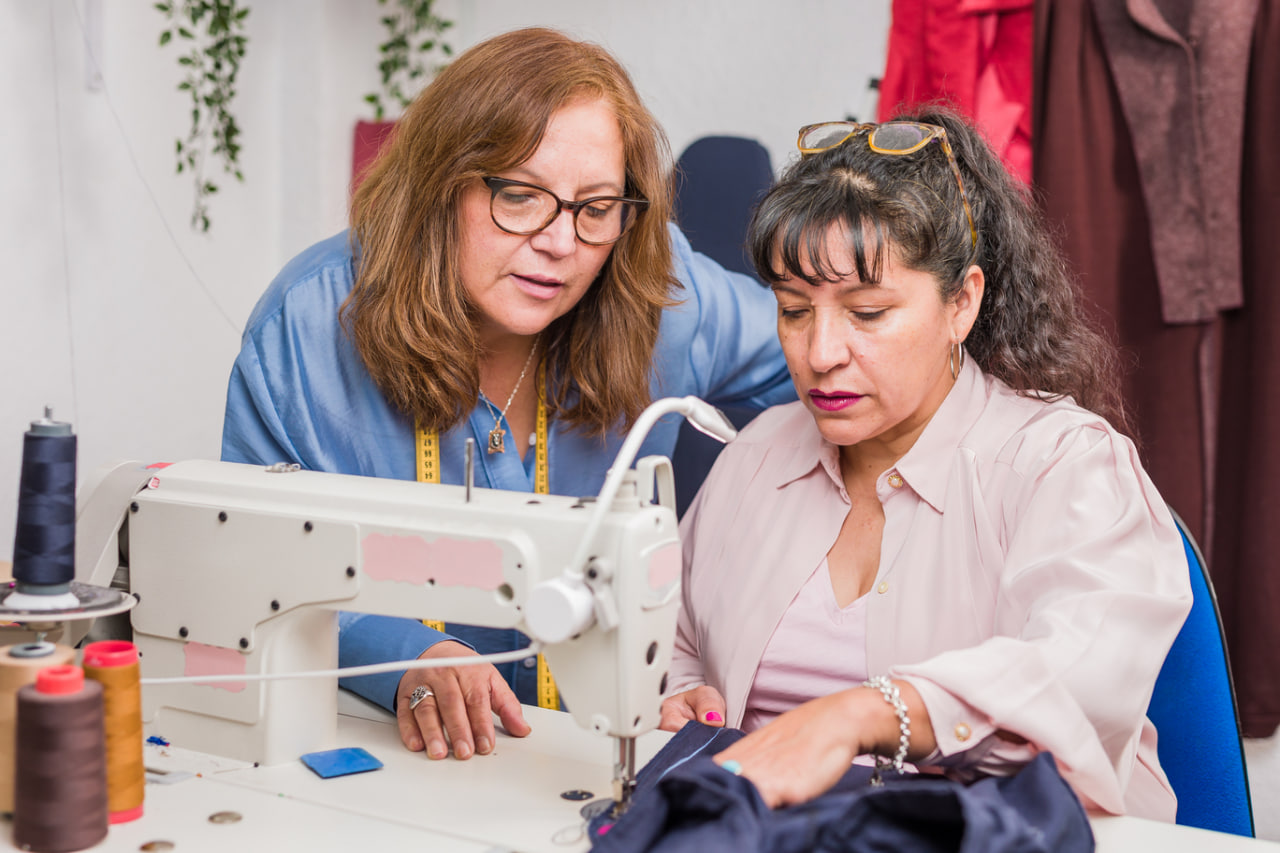Introduction to DIY Sewing for Fashion
DIY sewing is a powerful way to refresh your wardrobe, add personal style, and create unique clothing that fits perfectly. With a few basic techniques and creative ideas, you can transform old or plain garments into statement pieces that reflect your personality. Sewing allows you to customize colors, patterns, and embellishments, giving your clothes a one-of-a-kind look.
Whether you are a beginner or an experienced sewer, DIY sewing projects empower you to experiment, innovate, and produce garments that are both fashionable and functional.
Transforming Old Clothes
Upcycling and altering existing garments is a practical way to expand your wardrobe without buying new items. Simple adjustments can breathe new life into pieces that may otherwise go unused.
- Resizing Garments – Take in loose clothing or let out tight seams to achieve a perfect fit. This technique is especially useful for dresses, shirts, and jackets.
- Adding Decorative Elements – Sew on lace, patches, or embroidered appliqués to enhance plain or worn-out clothing. This adds visual interest and uniqueness.
- Creating Distressed or Altered Looks – Cut, fray, or dye old denim, shirts, or skirts for a trendy, customized appearance that reflects your personal style.
Transforming old garments not only saves money but also supports sustainable fashion by reducing waste.
Adding Functional Enhancements
Functional DIY sewing projects improve comfort, utility, and wearability while adding style.
- Pocket Additions – Add pockets to skirts, dresses, or pants for convenience without sacrificing design.
- Elastic Waistbands – Replace rigid waistbands with elastic for better fit, comfort, and versatility in clothing.
- Hood or Collar Modifications – Add or modify hoods and collars to create updated silhouettes and practical designs.
Functional enhancements increase the usefulness of your wardrobe while providing opportunities for creative expression.
Customizing with Patterns and Color
Playing with fabric patterns, colors, and textures allows you to create visually striking DIY projects.
- Mixing Fabrics – Combine materials like cotton and silk or denim and lace to produce interesting contrasts and textures.
- Dyeing and Painting – Use fabric dyes or paints to refresh faded items or create personalized patterns.
- Patchwork Designs – Incorporate colorful fabric scraps into patchwork skirts, jackets, or accessories for a playful, artistic look.
Customizing patterns and colors encourages creativity and helps your wardrobe reflect your personal aesthetic.
Creating Accessories and Add-Ons
Accessories enhance outfits and allow for even more DIY creativity. Sewing accessories is often simpler than full garments and provides quick, rewarding results.
- Scarves and Bandanas – Lightweight fabric pieces that can be sewn into stylish, wearable accessories for any outfit.
- Belts and Sashes – Transform fabric remnants into coordinating belts that complement your clothing.
- Hair Accessories – Scrunchies, headbands, and bows are easy projects that add charm and personalization.
Adding accessories extends the versatility of your wardrobe and provides additional opportunities for creative sewing projects.
Refashioning for Trendy Styles
Updating clothing to align with current trends keeps your wardrobe modern without spending money.
- Off-Shoulder or Cold-Shoulder Tops – Modify T-shirts or blouses by cutting and hemming strategically to create trendy designs.
- High-Low Hemlines – Change straight hems to high-low cuts for added flair and dynamic movement in skirts and dresses.
- Layered or Ruffled Details – Add layers, ruffles, or pleats to plain tops or skirts to create volume and visual interest.
Trend-focused DIY projects allow you to experiment with style, improve garment appeal, and develop your sewing skills.
Combining Techniques for Unique Results
The most striking DIY projects often combine multiple sewing techniques. For example, you can resize a shirt, add pockets, and apply decorative embroidery to create a fully customized piece. Experimenting with combining techniques encourages innovation and helps you develop a signature style.
Attention to detail in finishing touches, such as neat seams, precise hems, and reinforced stress points, ensures that your projects are durable and professional-looking. This approach increases confidence and satisfaction in your DIY creations.

